
All categories
Featured selections
Trade Assurance
Buyer Central
Help Center
Get the app
Become a supplier

(11 products available)
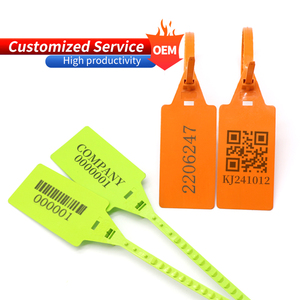

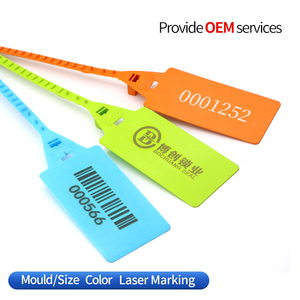
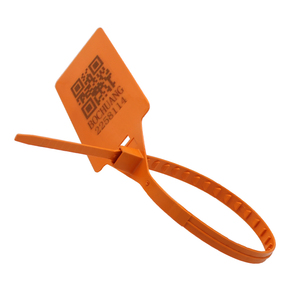
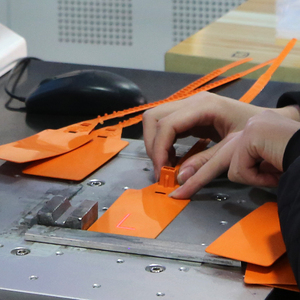
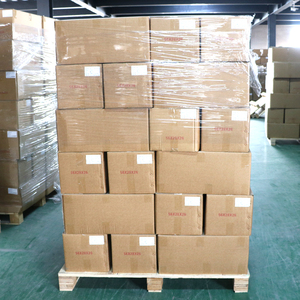


































There are two main types of scaff tags: information tags and safety tags. Each type serves a different purpose on the construction site.
Information Tags
Scaffold tags provide important information about the scaffold. It has details like the date the scaffold was built, who built it, and who inspected it. The tag shows the load capacity of the scaffold too. Load capacity refers to how much weight the scaffold can safely carry. These tags help workers know the condition of the scaffold quickly.
Safety Tags
Safety tags indicate the inspection results of the scaffold. They have colors to show whether the scaffold is safe. Green means the scaffold is safe to use. Yellow means the scaffold needs a re-inspection. Red means the scaffold is dangerous and cannot be used. These safety tags help prevent accidents.
Scaffold tags play a vital role in communicating important information about each scaffold. The tags help ensure safety on the construction site. Workers can see the tags and quickly understand the status of the scaffold. They also provide documentation of the scaffold's inspection and construction details. These tags are an important part of the construction process.
Scaffold Tags Improve Construction Safety
The most important function of a scaff tag is improving safety on the job site. Scaffolds are now tagged to provide information on the status of each scaffold and any inspections done. This helps workers know which scaffolds are safe to use and any potential issues. The tags help prevent accidents by ensuring only compliant and structurally sound scaffolds are used.
Scaffolds Tags Provide Clear Communication
The tagging system provides a uniform and clear way to communicate important information. All workers and supervisors can quickly understand the status of each scaffold just by looking at the tags. This reduces confusion and helps ensure everyone is on the same page regarding scaffold safety.
Scaffold Tags Help Compliance with Regulations
The tags help construction sites comply with OSHA regulations and other safety requirements. By having a system of tags that detail inspections and scaffold status, construction companies can demonstrate they are monitoring safety and following recommended guidelines. This can help avoid legal issues or penalties from not having proper safety measures in place.
Scaffolding Tags Reduce Risk of Accidents and Injuries
By making sure only safe scaffolding is used through the tagging system, tags help avoid falls, collapses, and other accidents. This protects all workers on the job site and helps avoid costly medical bills, lawsuits, and project delays that could result from an accident occurring. The tags are an important part of maintaining a safe work environment.
Scaffolds tags improve overall efficiency on the job site.
When the tags are in place, it ensures all workers, supervisors, and crews have a clear understanding of the safety status of all scaffolding. This means less time spent on questioning, investigating, and uncertainty. Work can proceed more smoothly and confidently, knowing adequate safety monitoring is in place. Teams can focus on their tasks instead of worrying about potential scaffold issues.
Scaffold tags are used in a variety of industries to indicate the safety and working status of scaffolds. Some industries that commonly use them include:
In addition to these industries, scaffolds and tags can be found in many other sectors where elevated work or access to high areas is required. It's worth noting that while scaffolds and tags are prevalent in these industries, their usage may vary depending on the specific project, regulations, and safety practices of each industry and company.
Construction managers must have a clear understanding of the project requirements to choose the right scaffold tags. They should consider the type of scaffold being used, the height of the construction project, and the weather conditions.
They should also consider the type of work being performed and the safety regulations in their area. For instance, if the construction project is huge, it means it will take a longer time to complete. In this case, a green scaffold tag should be used to indicate that the scaffold is safe for workers.
They can also look for tags that can be reused on other construction sites. On the other hand, if the project is small and will take a short time to complete, a reusable red tag can be an ideal choice.
The material of the tags should also be considered when choosing scaffold tags. PVC tags are durable and waterproof. They can be exposed to harsh weather conditions without fading or tearing. They are also easy to clean.
Vinyl tags are tear-resistant and can withstand extreme temperatures. They are ideal for construction sites in hot or cold climates. Polyester tags are breathable and lightweight. They are ideal for scaffolding in areas with high winds.
Paper tags are cost-effective and versatile. They are ideal for short-term projects. They can be printed with different colors and designs. They are also easy to recycle. They come with a protective coating that makes them waterproof and UV-resistant.
Once all these factors have been considered, it is important for buyers to consult with their suppliers to make informed decisions.
Q1. How Are Scaffolding Tags Attached To Scaffolds?
A1. Scaffolding tags are usually attached to the scaffold in several ways. For example, they can be tied using nylon cable ties or nylon scaffolding tags string. They can also be pinned or stapled. In some cases, tags are attached using hooks. Regardless of how they are attached, scaffolding tags should be securely attached to ensure they remain intact and visible.
Q2. Who Is Responsible For The Scaffolding Tagging Process?
A2. The scaffolding tagging process is usually the responsibility of the scaffolding team. As a result, the scaffolding crew is responsible for installing, inspecting, and tagging the scaffold. They place the tags on the scaffold to indicate the status of the structure.
Q3. Can Scaffolding Tags Be Reused?
A3. Scaffolding tags can be reused, but only in certain situations. For example, tags can be reused if they are in a suitable condition and if the scaffold status allows it. However, in cases where tags have been damaged or have any other issue that makes them unsuitable, they won't be appropriate. It's worth noting that when tags are reused, the old information must be replaced with new one to avoid confusion.